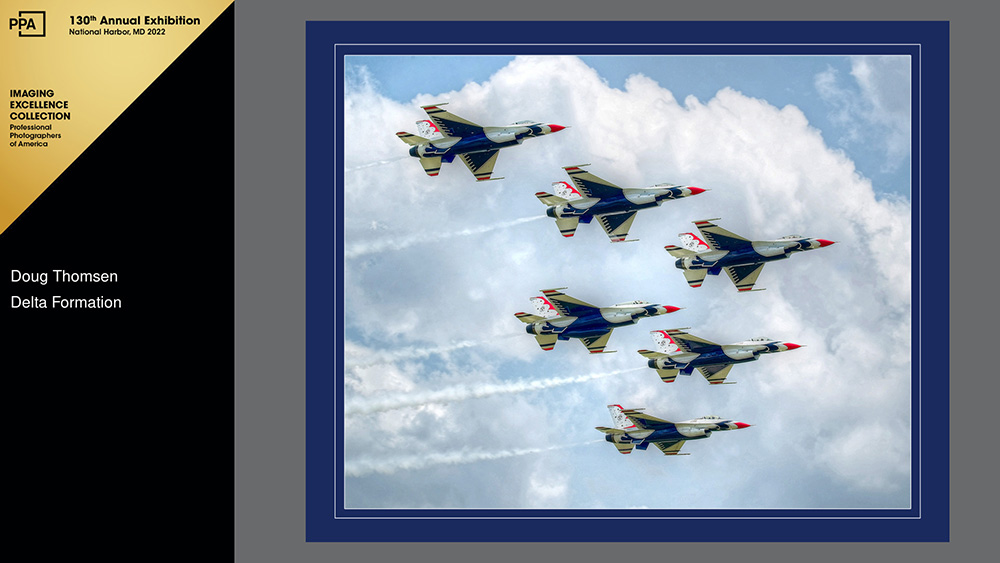
How can I shoot awesome airshow photos with the equipment I already own? If you have never photographed an air show before, you really need to give it a go. It’s a challenge, it’s exhilarating and loud. But most of all, it’s just plain fun. (Pun intended) Below are some basic tips to help get you started on your way to award-winning images. Or just images you will be proud to hang in your own home.
If you can get into the airfield to watch a practice the day or two before the show, do it. If not and it’s a 2-day show, go both days. If you can’t do that, still get close enough to the show site to see what’s happening during practice. Do your homework before the show. That way you have a much better idea of where to stand for the best shot and get a better feel of how the show will go. As well as which direction the planes will be coming from.
I find that I get more usable shots from the end of the runway than in the middle. You also tend to have more room to operate as there are not as many people around you. Especially helpful when you are constantly panning with your camera. Keep your head on a swivel. If there is nothing happening in front of you, it’s because they are getting lined up behind you.
As far as equipment is concerned, you dont need to have a super telephoto lens to photograph a show. Most of my shots are in the 250-350mm range. A crop sensor camera and an 80-200mm lens will do just fine. And give yourself plenty of space in your viewfinder. I have had many images that I didn’t like as well because I zoomed in too far and couldn’t adjust fast enough as they came screaming by me. You can always crop it later in post-production.
Some people use monopods, depending on the lens they are using. I used a 150-600 at my last airshow. Complete overkill for lens choice. I took a monopod with me and it ended up being more of a hindrance than an asset.
Decide how many memory cards you think you should take. Then add a couple more. Especially if you have high FPS cameras. For the last show, I got there at 10 AM and left at 5PM. Even with breaks and such, I still shot around 2,500 images.
Set your camera on manual and meter the plane you are about to shoot before it gets airborne. Even underexpose it a little. This will keep the detail in the clouds. Make sure you are shooting in RAW. I use 5700 for my white balance. If I can, I will shoot at ISO 100 and a 1/1000 at F 8 minimum. Just remember to adjust your shutter speed down if you’re going to shoot a prop plane. That will add a little motion to the prop. It makes a much more interesting photo.
Postproduction in Photoshop usually consists of exposure and highlight adjustment. Once that is complete, I will open the shadows that are on the underside of the plane to bring out the detail. If you add any color to intensify the planes or the sky, make sure to use the gamut warning under the “view tab” in photoshop. This way, you know all the colors you are seeing will be printed.
This may sound like a “that’s a given” statement, however, make sure your equipment is ready to go. Clean lenses and filters. If you haven’t had it done in a while, consider having the sensor cleaned. I say this because I’m speaking from experience. You have this amazing image that you love. And then you find dirty sensor spots in the clouds!
Enjoy the show!


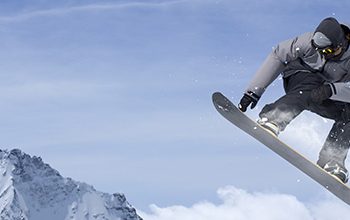
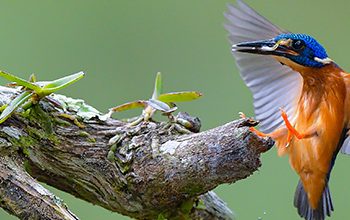
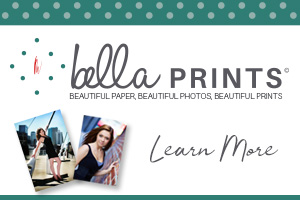

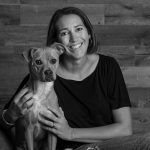
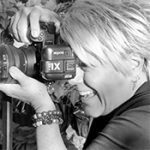
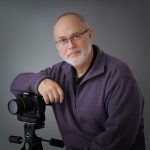



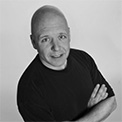

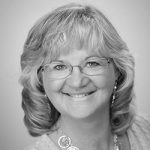
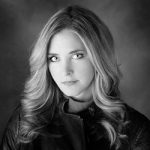

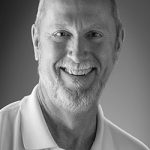
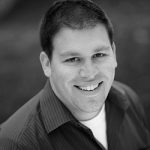


People reacted to this story.
Show comments Hide commentsDo much great information. I can\’t wait to try this. Thank you, Doug. I really like the tip, \”I find that I get more usable shots from the end of the runway than in the middle.\”
Comments are closed.